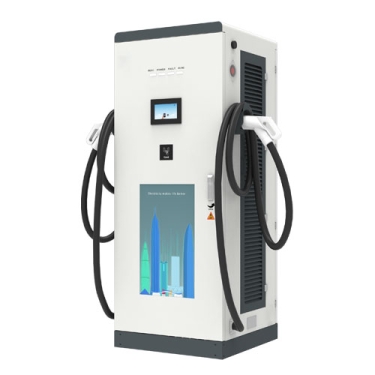- Visitors:0 Views
- Time:2023-11-27
ev charger type
Ev charger types are generally divided into AC chargers and DC chargers. We can distinguish the types of ev chargers in the charging connector.
1. AC connectors are divided into three types: Type 1 connector (J1772/IEC60309), Type 2 connector (Mennekes/IEC62196) and GB/T.
(1) Type 1 connector is usually used for electric vehicle charging in the United States and Japan. It uses five pins without a locking mechanism. It uses electricity from a single-phase AC power source to charge electric vehicles.
Electric vehicle charging is typically rated at 3.7 or 7 kilowatts, which can charge the vehicle at 20 or 40 km/h. The connector is a 15V socket and the AC frequency depends on the region.
The color of the cable indicates the output voltage, yellow for 100-130V for 50-60Hz AC, blue for 200-250V, and red for 380-480V.
Typically, assembly takes place outdoors and the joints are weather-resistant to IP44 standards.
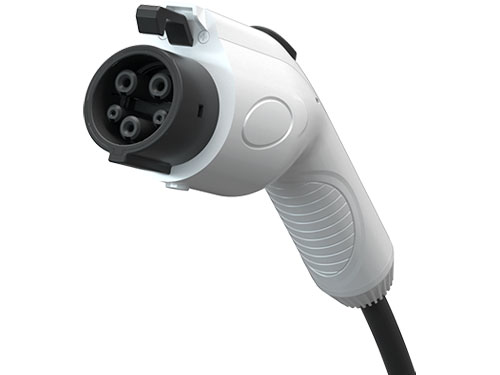
(2) Type 2 connectors are commonly used for AC charging of electric vehicles in the EU and India. They have seven prongs and a locking mechanism and can charge the vehicle using either single-phase or three-phase AC power. Single-phase AC charging is rated at 3.7 and 7 kilowatts, with a charging range of 20 and 40 kilometers per hour. Three-phase charging is rated at 22kW and can charge at speeds up to 120km/h. The charging unit has 7 pins, including 3 phase lines, 2 signal pins, 1 ground pin and 1 neutral pin.
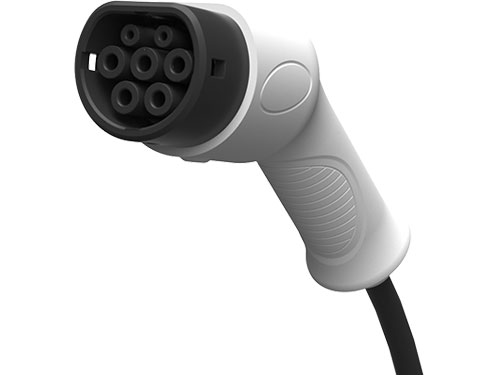
(3), GB/T connector is mainly used in China and adopts a seven-pin design with integrated locking function. They offer two charging options with outputs of 250V and 440V, with a maximum power output of 27.7kW.

2. DC connectors can also be divided into three types: CHAdeMO, combined charging system (CCS) and GB/T.
(1), CHAdeMO DC connector was developed by Japanese utility company Tepco and is mainly used in Japan. It has a 125A socket that can deliver 50 and 100 kilowatts of power, allowing a charging range of 120 and 240 kilometers per hour.
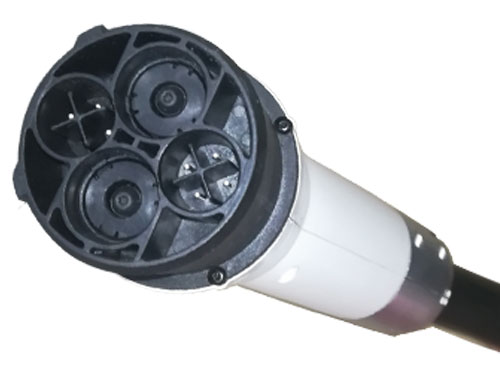
(2), CCS is the fast charging standard used by the European Union. It uses a J1772 connector but has two extra pins for faster charging. These extra pinouts are in type 2. The connector is capable of delivering different power rates to charging vehicles, ranging from 50 kW to 350 kW, depending on the required charging speed. CCS1 is the North American standard plug type, and CCS2 is the EU standard plug type. Despite this difference, both plugs have the same DC pin structure and communication protocol. CCS connectors use PLCs to facilitate communication between electric vehicles and charging stations.
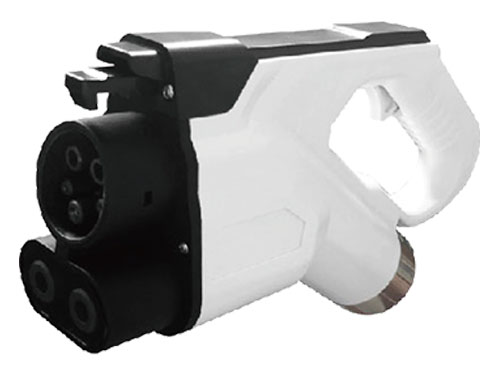
CCS1
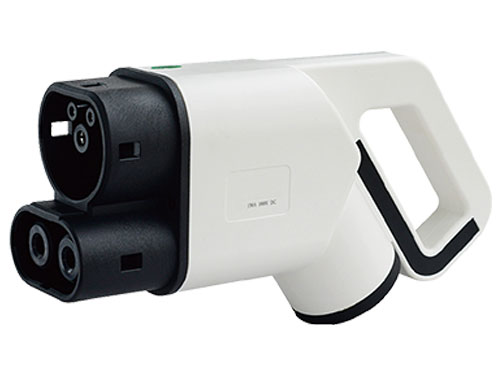
CCS2
(3) GB/T connector is mainly used for DC fast charging in China, with an output voltage of 750/1000V and a rated current of 80-250A. The maximum power output capability is 250 kilowatts.
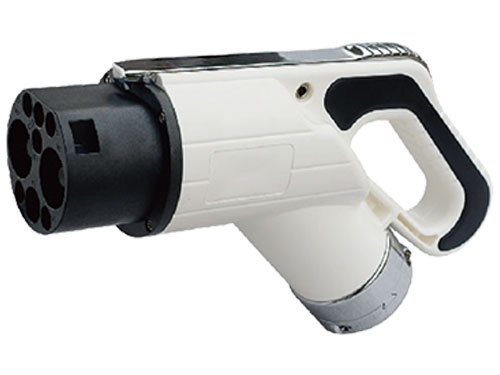
Different regions have different standard plug types for AC and DC charging of electric vehicles. In North America, Type 1 and CCS1 are the standards for AC and DC charging respectively. And Type 1 and CHAdeMO are used in Japan for AC and DC charging. Type 2 and CCS2 are the standard plug types for AC and DC fast charging in the EU and India. GB/T is the standard plug type in China, and in India, CHAdeMO and GB/T are also used by many car manufacturers for DC charging of electric vehicles.
Recommended Reading
- MOSCOW SMART PARKING EXPO2024-10-25
moscow smart parking expoparking russiaaddress:mos...
- 2025 Spring Festival Holiday Notice2025-01-23
The Spring Festival is approaching. In order to le...
- Hongjiali Sincerely Invites You to The Smarter E E...2024-06-15
As the wave of technology swee
- Electric Charging Stations for Electric Cars2025-02-17
Electric charging stations, also known as EV charg...
- ev charging in sweden2023-11-23
Increase your income with Hong
- denmark ev charging stations2023-11-07
For electric vehicle charging
- ev charger installation requirements2023-12-18
The installation requirements
- How many kW does a Level 2 charger use2024-12-18
How many kW does a Level 2 charger use?The power u...
- different levels of ev chargers2024-04-18
Different levels of ev charger
Hot Products
-
ev charger fast charge
EV charger fast charge is an advanced el
Get last price
-
11KW with column type AC ...
Input Frequency: 50Hz, ±1.5Hz / 60Hz, ±1
Get last price
-
dc charging pile
A DC charging pile is a charging device that provides DC pow...
Get last price
-
charger type 2 electric c...
Charger Type 2 electric car ev charging station is mainly us...
Get last price
